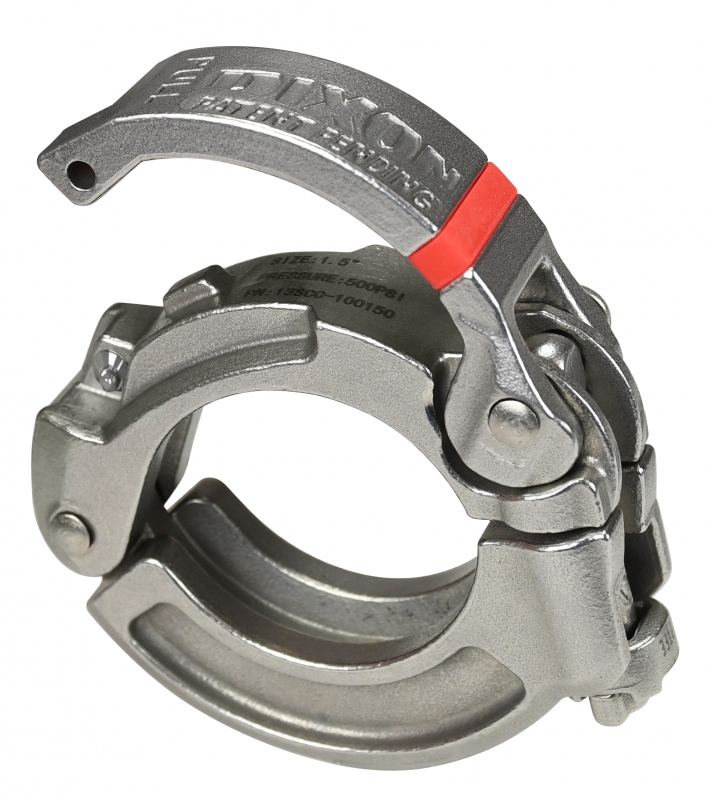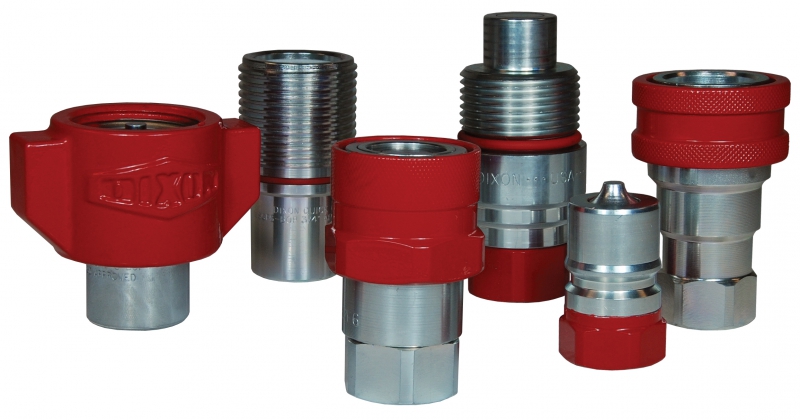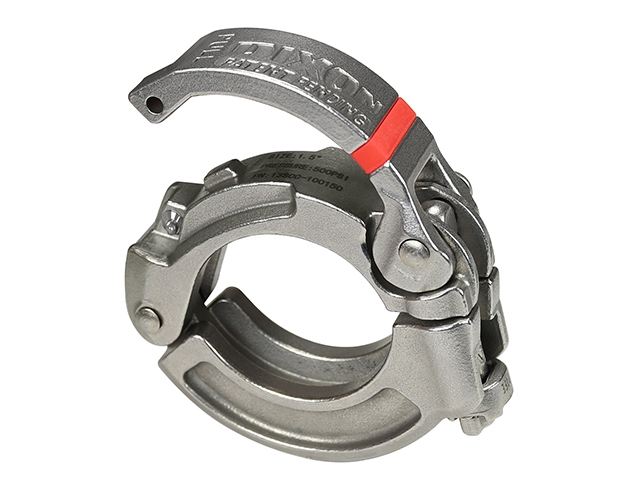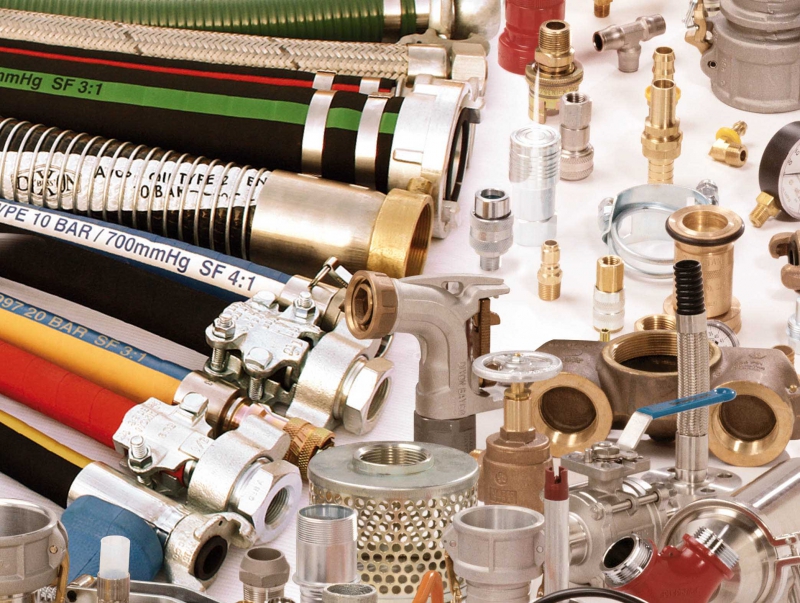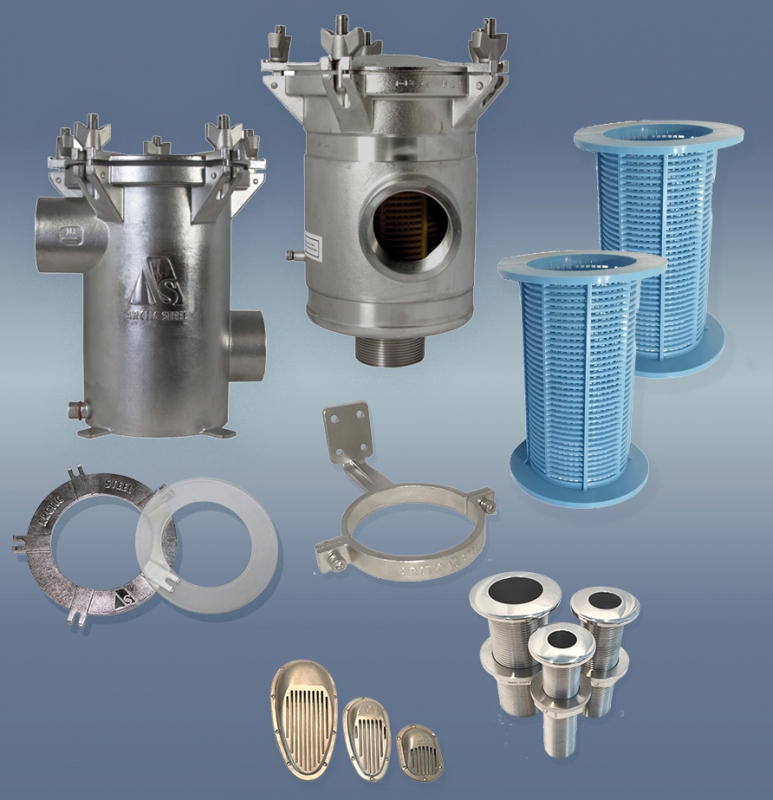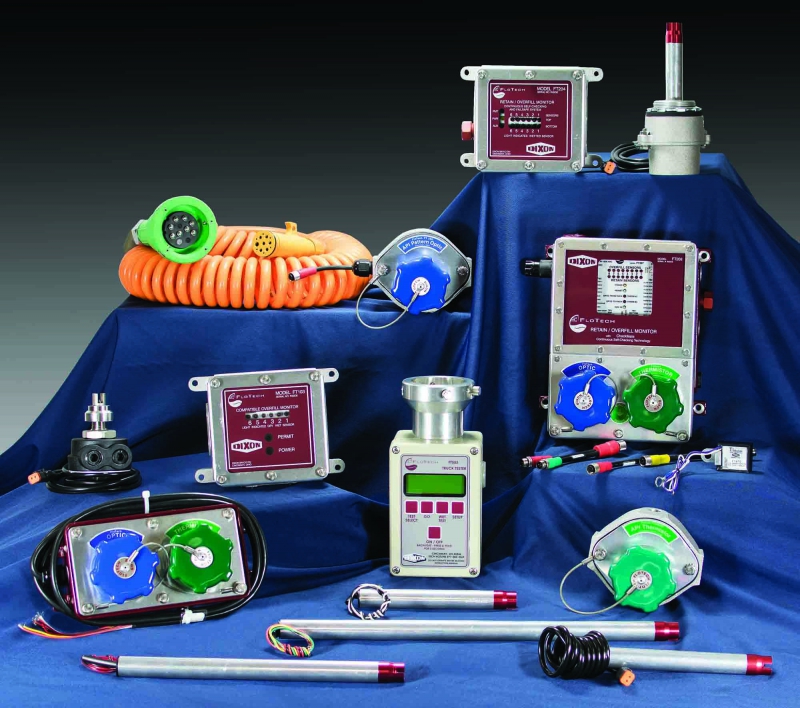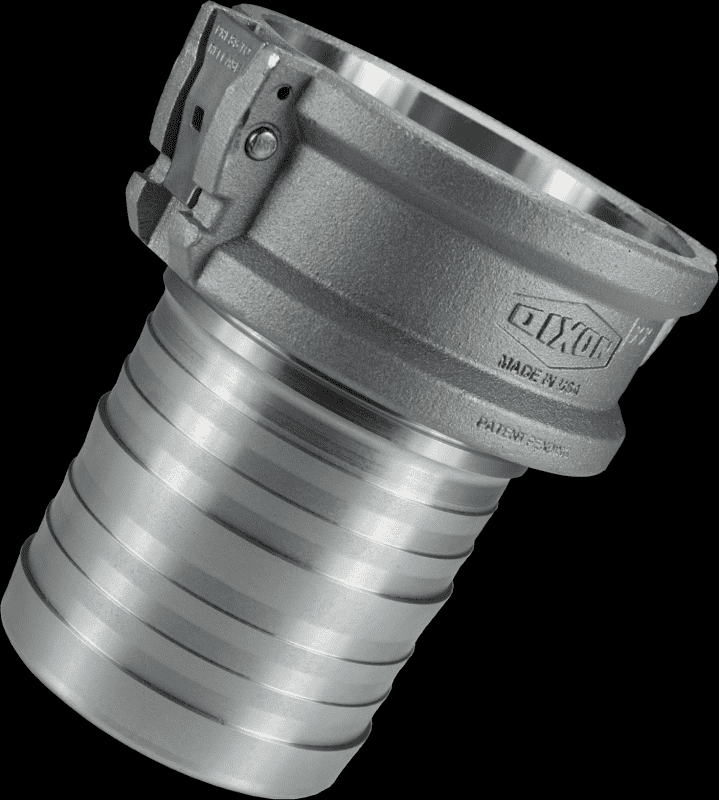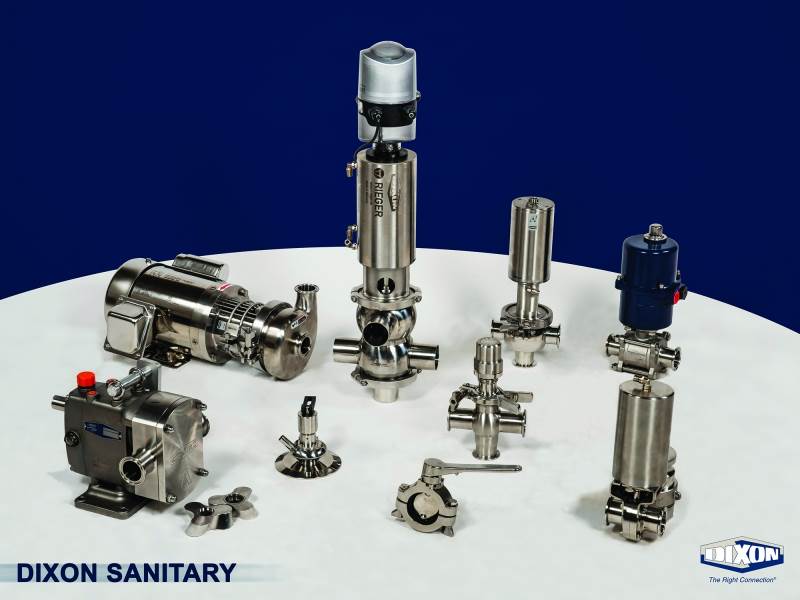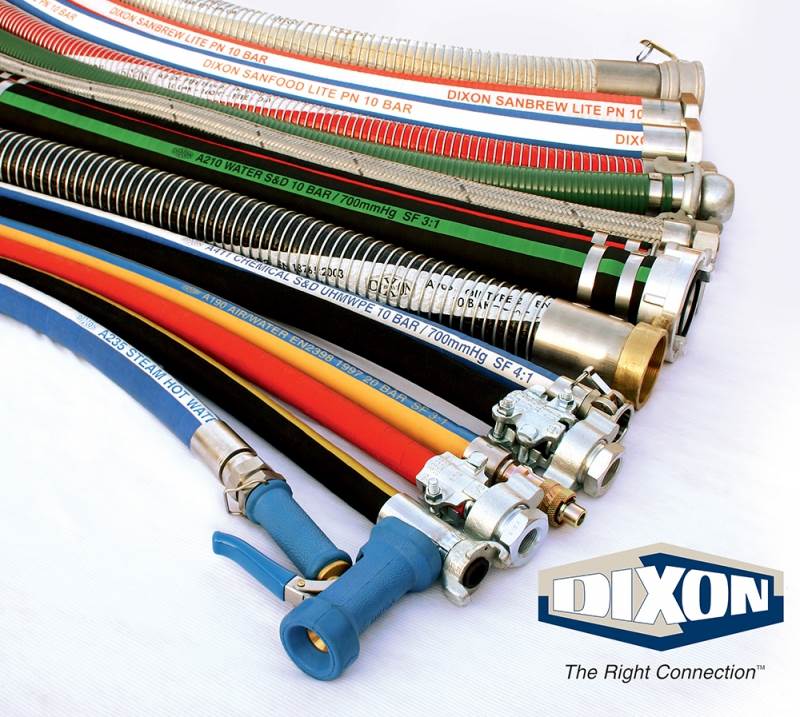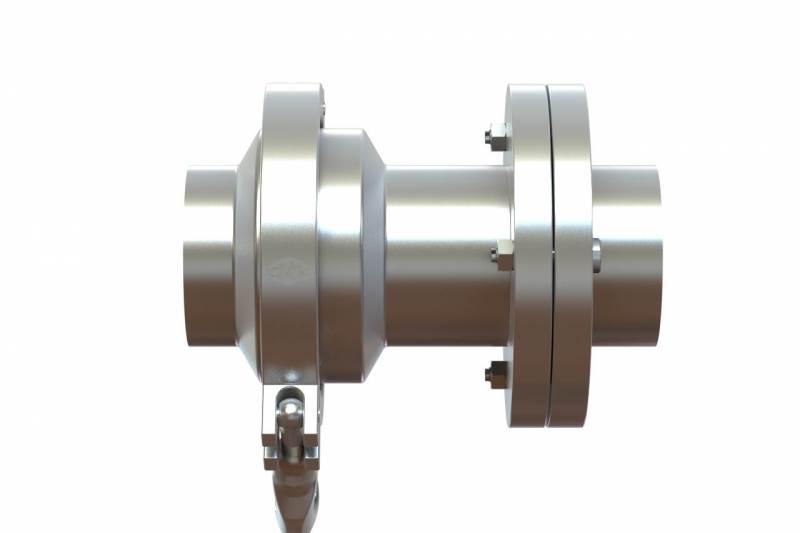- Contact 0870 350 7767
- |
- Advertise
Enhancing Site Safety with King Safety Cables to Prevent Hose Whip
 News and PR from Dixon Group Europe Ltd - Published 24 October 2023
King safety cables offer an effective solution to prevent hose whip in the event of accidental separation of a coupling or clamp device
News and PR from Dixon Group Europe Ltd - Published 24 October 2023
King safety cables offer an effective solution to prevent hose whip in the event of accidental separation of a coupling or clamp deviceKing safety cables offer an effective solution to prevent hose whip in the event of accidental separation of a coupling or clamp device. The steel cables span the hose fittings to provide standby safety for the hose. The spring-loaded loops in the cable ends of King safety cables provide a firm grip on the hose by passing over the couplings, enabling them to be used in hose-to-hose, hose-to-rigid outlet, or hose-to-tool configurations.
To determine which style of cable to use, you need to identify the hose's inside diameter, which can usually be found on the hose layline, and determine the application pressure. Then, use the chart on the King safety cable page on Dixon's website to select the appropriate model. For instance, if you want to secure the hose to the ball valve of a compressor, you'll need a hose-to-tool style cable. Suppose the hose's inside diameter is 1½ inches and the pressure is 125 PSI; in that case, you'll find the cable that meets those requirements is the WSR3.
Remember always to use King safety cables whenever necessary to avoid "hose whip" and help you meet the OSHA standard 1926.302(b).
Other announcements from Dixon Group Europe Ltd
-
Utility Hoses in Refineries
Oil refineries are essential to the petroleum industry's downstream sector. Dixon, a well-known supplier of fluid transfer products, provides a broad range of products for the oil and gas industry.
24 Oct 2023
-
The Importance of Proper Hygiene in Manufacturing: Dixon's Innovative Clever Cla
With its innovative design and easy-to-use features, it's no surprise that the Clever Clamp has been tried and approved at a number of food processing plants within the UK.
24 Oct 2023
-
Blowout Preventer Couplings: Components of Oil and Gas Drilling Rigs
Have you ever forgotten to secure the lid on a blender before blending a smoothie or milkshake? Though inconvenient, this mistake pales in comparison to a blowout on an oil or gas drilling rig, which
24 Oct 2023
-
Hose Connect: Asset Integrity Management Services
Dixon Hose Connect is ‘the right connection’ to ensure your business can optimise workflow and downtime, saving time and revenue; giving full visibility and paperless control over asset registration,
24 Oct 2023
-
-
Offering the Right Connection
Dixon has been building a credible reputation for over 100 years, demonstrating that it's a responsible manufacturer producing and supplying safe, reliable and long lasting products.
15 Sep 2020
-
Marine Accessories Offers Superior Performance
Dixon has a specialised range of Marine products focusing on unique quality, performance, longevity and operational efficiency.
15 Sep 2020
-
Process Equipment – Making the Right Connection
Finding the most effective fluid transfer solutions can have many benefits for maximising return on investment by improving best practice
15 Sep 2020
-
Innovations in Fuel Distribution
Dixon now offer a full range of Fuel Distribution products for use in the downstream market including fuel terminal, fuel depots and skid units where safety, ease of use and efficiency are key factors
15 Sep 2020
-
Weighing the benefits of a loading arm over traditional hose assemblies
Dixon’s loading arms are engineered for long life performance as well as ease of use in the field and can be used to overcome some of the typical issues faced in the transfer of liquid
15 Sep 2020
-
Dixon Introduces new EZLINK™ Armless Cam & Groove
A new push-to-connect positive locking system and low-profile design dramatically improves the ability to easily transfer and unload fuels, water and other liquids.
16 Aug 2018
-
Dixon –The Right Connection for Hygienic Hose, Valves & Fittings
Dixon, leading supplier of hoses, fittings, valves and accessories offers an extensive range of hygienic process equipment for the food, dairy, beverage and brewery industries including FDA and 3A approved stainless steel fittings, unions, tube, pumps, hose assemblies and valves.
19 Feb 2018
-
Hose Assemblies, Fittings & Valves backed by 100 years of innovation
It’s not every year a company can celebrate 100 years of business so Dixon are proud to be celebrating their centenary.
22 Feb 2017
-
This Hose or That Hose
Industrial hose, in general, is capable of many uses. They convey air, steam, water, beverages, chemicals and an almost unlimited assortment of other products from A to B. Sometimes transported substa
01 Jul 2016
-
A DIXON SOLUTION TO SAVE PIPEWORK AND PRODUCT
Dixon Europe are pleased to be launching a new product, the Dixon Hygienic Breakaway Check Valve, which is proving to be ‘the right connection’, potentially saving companies thousands.
01 Jul 2016





